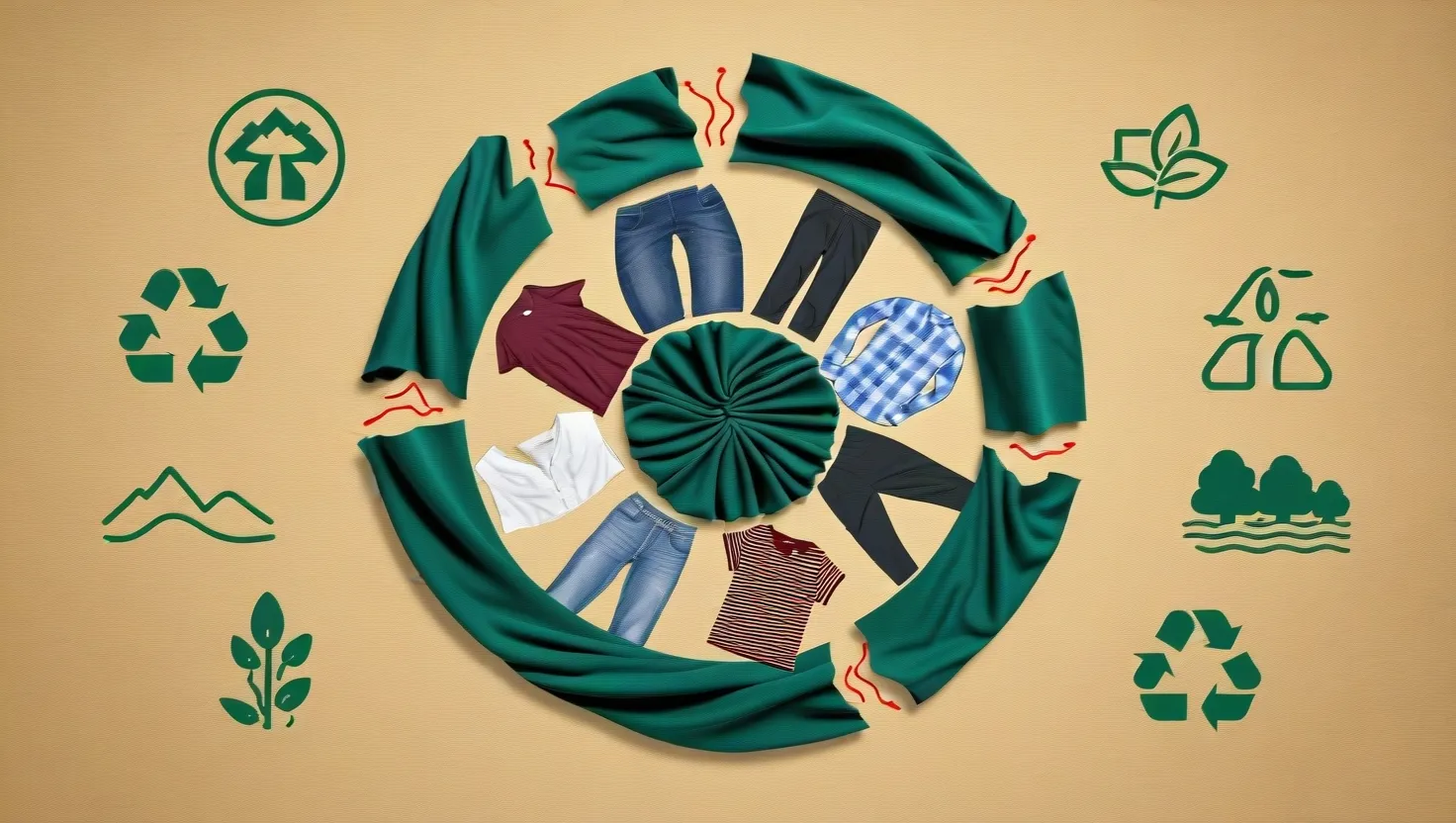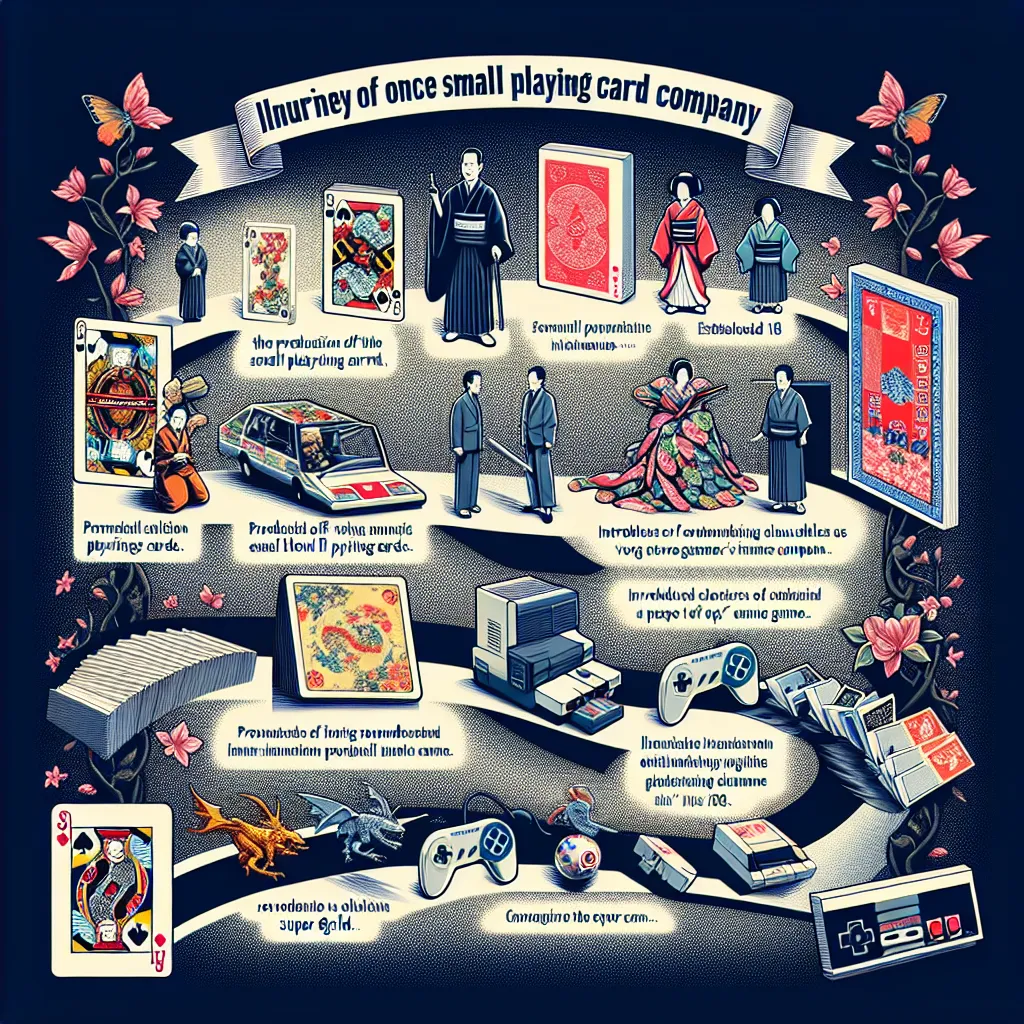In the vast and complex world of fashion, a revolutionary concept has been gaining momentum: circular fashion. This approach is not just a trend, but a fundamental shift in how we produce, consume, and dispose of clothing. At its core, circular fashion aims to create a closed-loop system where resources are used efficiently, and products are designed to have multiple life cycles, significantly reducing waste and environmental impact.
To understand the essence of circular fashion, it’s crucial to contrast it with the traditional linear model of ‘take, make, dispose.’ In the linear fashion industry, resources are extracted, used to create products, and then discarded as waste. This model has led to staggering environmental consequences, including the fact that every second, a rubbish truckload of clothes is burnt or buried in a landfill. The circular fashion movement seeks to reverse this by focusing on the entire lifecycle of a garment, from design and material sourcing to production, use, and eventual recycling or upcycling.
One of the key principles of circular fashion is the design for longevity. This involves creating garments that are durable, timeless, and versatile. Unlike fast fashion, which thrives on trendy but short-lived designs, circular fashion encourages quality over quantity. For instance, doubling a garment’s lifespan can significantly reduce its carbon footprint. Brands like Patagonia and Stella McCartney have already embraced this principle, designing clothes that can withstand multiple uses and have a longer lifespan.
Sustainable material sourcing is another critical aspect of circular fashion. This involves using materials that have a minimal environmental impact, such as renewable, recyclable, or biodegradable fabrics. For example, some brands are using recycled polyester made from plastic bottles or developing fabrics from plant-based materials. These choices lessen the strain on natural resources and reduce the overall ecological footprint of the fashion industry.
Resource efficiency and waste reduction are at the heart of circular fashion. The industry is adopting more efficient processes to minimize waste at every stage of production. This includes recycling and upcycling textile waste, prolonging the viability of garments through repair and reuse, and encouraging consumers to care for their clothing better. For example, companies are implementing take-back programs where customers can return old clothes to be recycled or upcycled into new products.
The concept of circular fashion also promotes innovative business models that generate consistent revenue streams while reducing costs. Clothing rental services and subscription models are becoming increasingly popular. These models allow consumers to enjoy high-quality clothing without the need for frequent purchases, thereby reducing overall consumption. Additionally, repair services and resale platforms foster long-term relationships with customers, enhancing brand loyalty and reducing the environmental impact associated with frequent replacements.
Transparency and responsible sourcing are also vital components of circular fashion. Brands are prioritizing transparency in their supply chains, ensuring that materials are sourced responsibly and that production processes are ethical. This not only enhances supply chain resilience but also mitigates risks related to material scarcity and disruptions. For instance, brands like Levi Strauss & Co. are committed to using sustainable materials and reducing water pollution in their manufacturing processes.
The shift towards circular fashion is driven by both environmental necessity and growing consumer demand for sustainable products. Consumers are becoming more aware of the environmental and social impacts of their purchasing decisions. Social media and digital platforms have played a significant role in raising this awareness, fostering a community of environmentally conscious consumers and designers. As a result, high-profile fashion brands are now at the forefront of this movement, setting examples for others in the industry.
To truly appreciate the significance of circular fashion, it’s essential to look back at its roots. The concept emerged in the early 2010s as a response to the mounting environmental and ethical concerns associated with the traditional fashion industry. The Rana Plaza disaster in 2013, which highlighted the dire working conditions in fast fashion factories, was a pivotal moment that accelerated the push for more sustainable and ethical practices.
Today, circular fashion stands at the forefront of a sustainable future in the fashion industry. It represents a fundamental rethinking of how fashion operates, from design and production to consumption and disposal. The focus is on creating a closed-loop system where everything produced remains part of the cycle, eliminating waste. This approach not only reduces the environmental impact but also offers long-term cost savings for businesses. By recycling, repairing, and reusing materials, companies can cut expenses related to extracting raw materials, transportation, and waste management.
Innovative recycling technologies are also playing a crucial role in this transition. Advanced recycling methods can transform old clothes into new fabrics, reducing the need for virgin materials. For example, some companies are using chemical recycling to break down synthetic fibers into their raw components, which can then be used to produce new textiles.
Consumer behavior is also undergoing a significant change. As awareness about the environmental impact of fashion grows, consumers are seeking more sustainable and ethical products. They are opting for second-hand shopping, participating in clothing swaps, and supporting brands that prioritize sustainability. Governments are also introducing legislation to support this shift, such as textile recycling programs and regulations on waste disposal.
In conclusion, circular fashion is more than just a trend; it is a necessary step towards a more sustainable and responsible fashion industry. By designing out waste, keeping materials in use, and regenerating natural systems, circular fashion has the potential to revolutionize the way we produce and consume clothing. As consumers, we have a critical role to play in this transition by making informed choices, supporting sustainable brands, and advocating for a more circular approach to fashion. Together, we can create a future where fashion is not just stylish but also sustainable and ethical.






